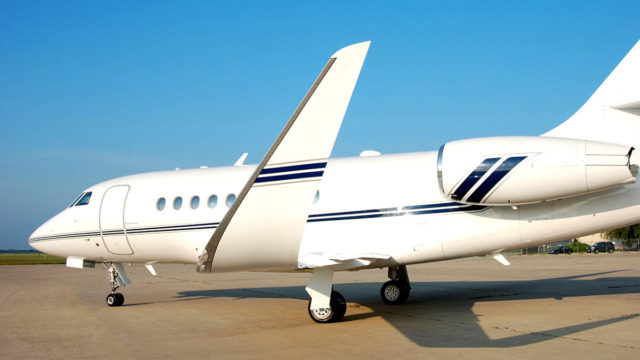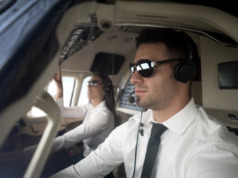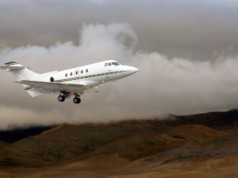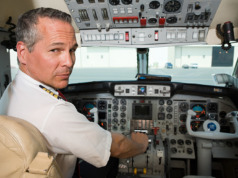
Practical Sustainability Solutions for the Now
Just a decade ago, “sustainable flight department” meant one that could justify its existence by increasing the company’s bottom line, or proving a need for the executive travel utility it provided – or a combination thereof.
Today “sustainability” is described as the best method for lowering man-made carbon emissions. And while business aviation’s global CO2 emissions are only about 0.04% of total man-made carbon emissions worldwide (General Aviation Manufacturers Association), our industry is committed to meeting the goal of carbon neutrality by 2050. NBAA supports that initiative with its Sustainable Flight Department Accreditation Program, which recognizes operators that meet “exceptional environmental sustainability standards.”
“Sustainable flying” in business aviation today means far more than just fueling profitability or providing safe and secure executive transport
How We Lower Our Environmental Impact and Get to Carbon Neutrality
We are bombarded daily with news stories featuring both “the environment” and “sustainability” in print, broadcast, and online channels. There is much discussion surrounding the development of airplanes that will use electric and hydrogen propulsion, the growing availability and use of Sustainable Aviation Fuel (SAF), and reminders of that 2050 net-carbon zero deadline. Countless press releases and news stories tout the disruptive technologies and entrepreneurial teams leading aviation’s race to the carbon goal.
Back in the late 1980s, nobody was even discussing the environmental impact of aviation, beyond noise. It was an industry that turned dinosaurs into decibels, primarily for the purpose of delivering people and things to distant places, or (in the case of bizav) to locations featuring inconvenient geography. When the industry responded by reducing the number of decibels created, largely through improvements in engine technology, we showed the world what an adaptable and responsible industry we truly were.
Sustainable Options for Today’s Aircraft
For an aircraft operator today, environmental responsibility means much more than flying more quietly. One must also fly more efficiently and reduce emissions to the extent possible with currently available technologies. The eventual availability of replacement airplanes with electric, or other alternative means of propulsion, do not help you fly more responsibly right now. That leaves flying less, using SAF, or improving the fuel efficiency of your existing operation as the best ways to achieving near-term emission reduction. Those options are:
- SAF is a fantastic way to reduce your carbon footprint. Whilst production and availability is growing, SAF is still only available at a limited number of locations globally today. Given that business aviation operators access thousands of airports worldwide, this solution currently provides only limited reduction in our industry’s footprint.
- Flying less is a great way to burn less fuel, and thereby reduce emissions. It is also antithetical to why one would have an airplane in today’s business travel environment. The demand for business aircraft travel has exploded over the past two years, and shows no signs of slowing.
- That makes reducing an aircraft’s fuel burn per hour the best and most logical near-term solution to reducing our carbon footprint. Whilst engine manufacturers continue to improve turbine engine fuel efficiency with each new model, the most effective way for you to lower your current aircraft’s hourly fuel consumption, is to improve its aerodynamics.
Depending on your airplane make and model, there are a myriad of products available for retrofit that will reduce fuel burn by bettering aerodynamics, and therefore CO2 emissions – including Winglets, strakes, auto-throttles, and improved propellers. Aviation Partners’ designed Winglets are now flying on more than 10,000 business and commercial aircraft. They have saved more than an estimated 12.5 billion gallons of jet fuel, and reduced global CO2 emissions by approximately 135 million tons. Adding Winglets is a step you can make today that will reduce your carbon footprint immediately, and improve your operation’s sustainability – by any definition. BAA
Joining Aviation Partners in 1996, Gary Dunn became president in 2020. Originally involved in engineering and operations, he has led sales and marketing since 2001. He has launched most new products, including those for Hawker and Falcon aircraft.




